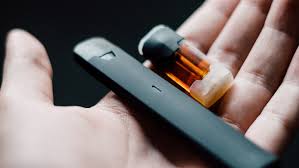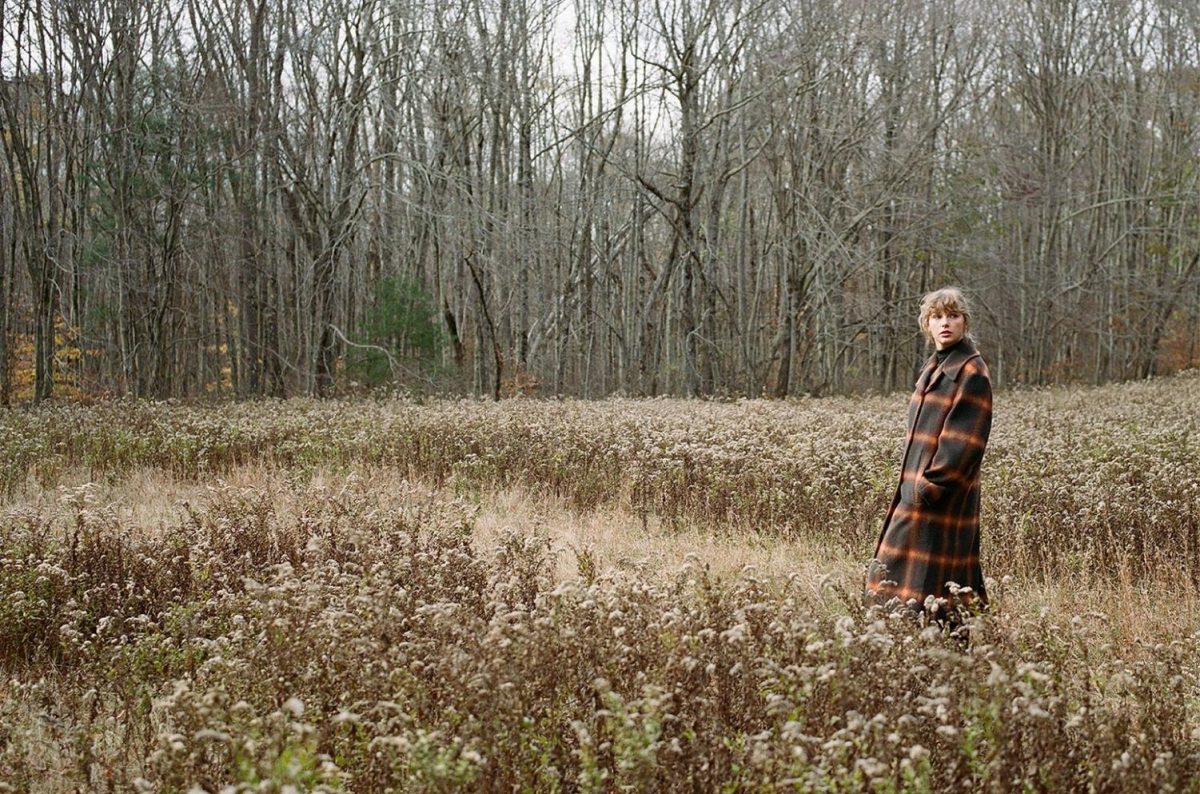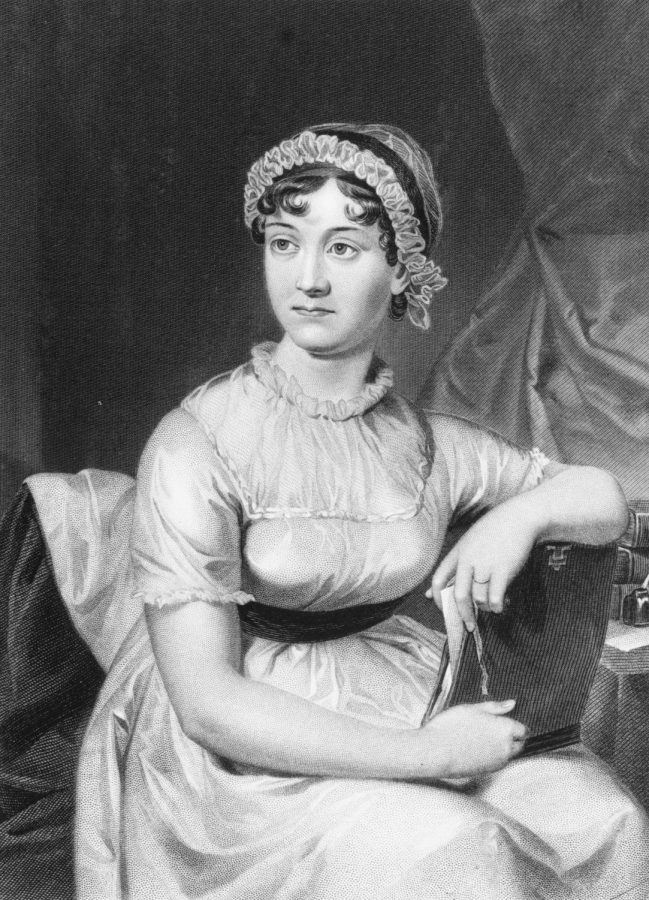
A new crisis has hit the world’s youth: the epidemic of vaping. Over 25% of high school students actively vape in the year 2019, according to the National Youth Tobacco Survey (NYTS). However, this high number does not alarm nearly as much as the sudden influx of hospital patients with serious respiratory problems, all with one thing in common: these patients vaped on a regular basis. With medics calling out the practice and a growing adolescent market for the product, many wonder what limits the government should impose on how old one must be to vape. Some argue that we do not know if vapes are truly dangerous, and so we should not impose an age limit. Others claim that the age should be eighteen, others nineteen, others twenty-one. How do we decide on how to keep youth away from this dangerous practice? Well, perhaps we should take a look at the evidence of the hazards of vaping.
According to NBC, an established cannabis testing company called Cannasafe ran tests on both legally sold vapes and vapes from the black market. Now, why a cannabis company? Weren’t we just talking about vaping? Well, as it happens, vapes containing cannabis are quite popular. In fact, according to the Centers for Disease Control and Prevention, the majority of patients who come in with vaping-related respiratory problems said they used vapes with THC, which is the chemical in marijuana that produces the “high” feeling. Cannasafe, who tests cannabis products for businesses and consumers, ran tests on such THC vapes, both legally sold ones and some from the black market. One of these tests was for vitamin E acetate, which is found in skin care products and vitamins. Though not hazardous in those products, inhaling it is likely dangerous. Vitamin E Acetate is an oil, and thus has to be heated to the extremely high temperature of 184 degrees Celsius to vaporize and be utilized in a vape. That high heat may lead it to decompose, but in the cooler temperatures of the lungs, it will return to its original state of oil. This oil in the lungs is likely what plagues the many patients who vape, now coming into hospitals with trouble breathing. However, it may not be the oil itself, but the cells that enter the lungs to remove the oil that cause respiratory troubles. In an interview with the Washington Post, e-cigarette researcher Laura Crotty Alexander clarified that these other cells “get in the way of gas exchange”, thus increasing breathing difficulty. Fortunately, all of the legally sold vapes that Cannasafe tested were found to be free from vitamin E acetate. Of the black market vapes, however, 13 of 15 samples contained vitamin E acetate. Vitamin E acetate, however, may be the least of our worries with these black market vapes. 10 of the black market vapes were tested for pesticides, and all 10 indeed contained pesticides. In addition to this, all of the black market vapes had myclobutanil, which dissociates into compounds including hydrogen cyanide when heated. The legal vapes contained none of these. With all of these shocking findings, medics have yet to find the common evil between all the cases of respiratory damage that have been linked to vaping. The best that they can do is warn against the practice of vaping in general, advice that tends to fall on deaf ears.
So, what action does the government plan to take?
Well, according to FDA Commissioner Ned Sharpless, the FDA will pursue legal action against producers of dangerous vapes, not their customers. They will also seek to put limits on marketing of certain vape flavors. In addition to this, in many states, Minnesota included, it is illegal to sell vapes to minors. The first two policies are recommendable, but setting a legal vaping age may backfire terribly. Let’s go back to the tests that Cannasafe ran: the vapes sold by legal companies did not contain any hazardous material, as far as we know. The vapes from the black market, however, were filled with dubious components. Forbidding legal companies from selling vapes to minors will send minors straight into the waiting hands of the black market as the minors attempt to bypass the law. Although adding a legal age for vaping will heighten prosecution against the black market, the consequences of the black market’s activities may harm even more people. There is no doubt that vaping is an ill-advised practice that minors should be kept away from, but given the state of our culture, we ought to put the regulation of vaping in the hands of parents. I believe we will find that they can keep a closer eye on their children than the government can.






